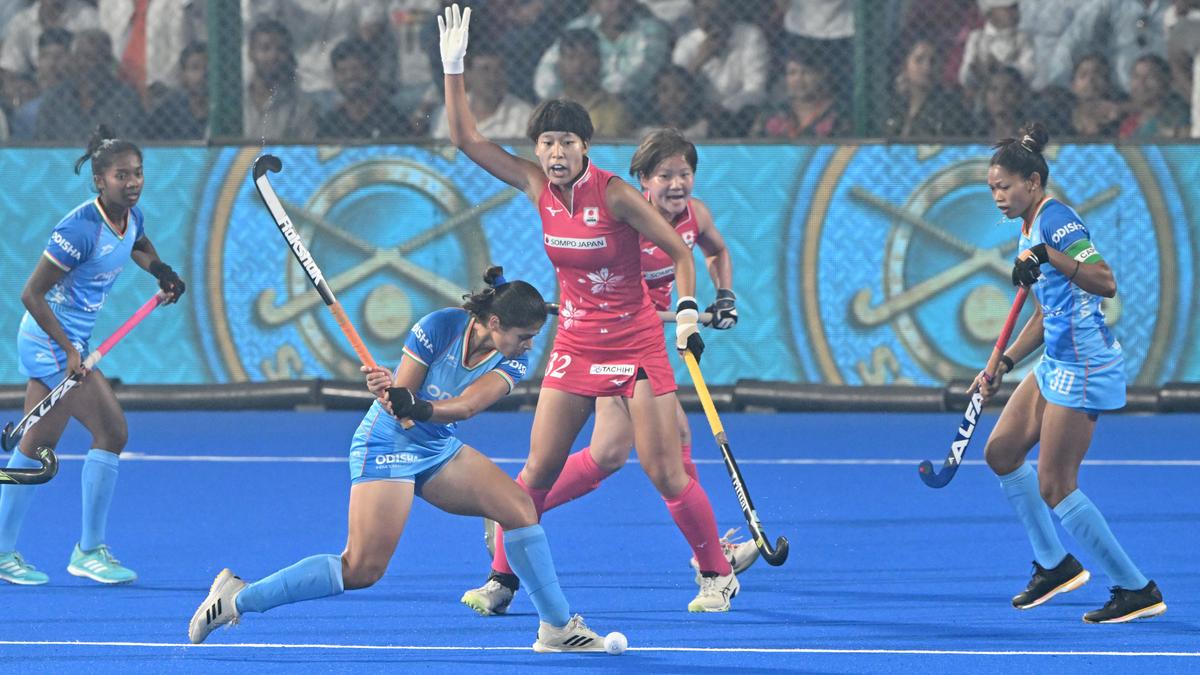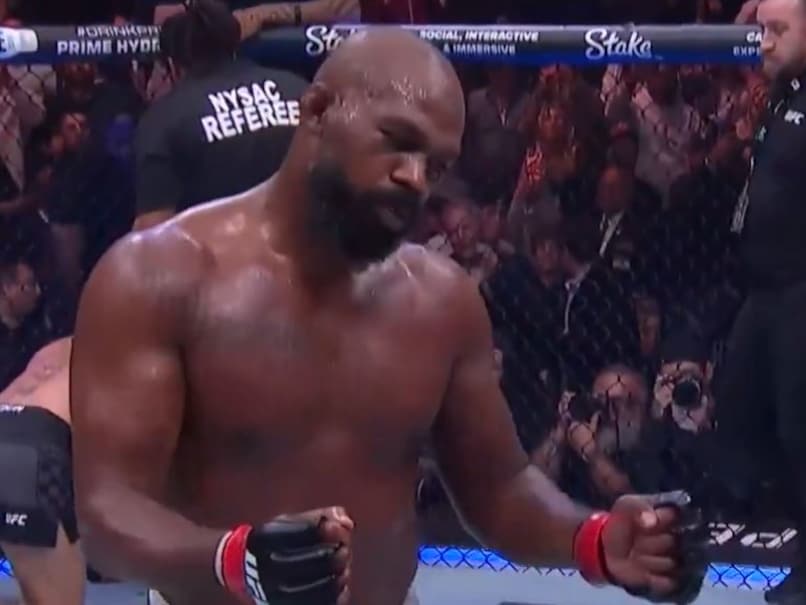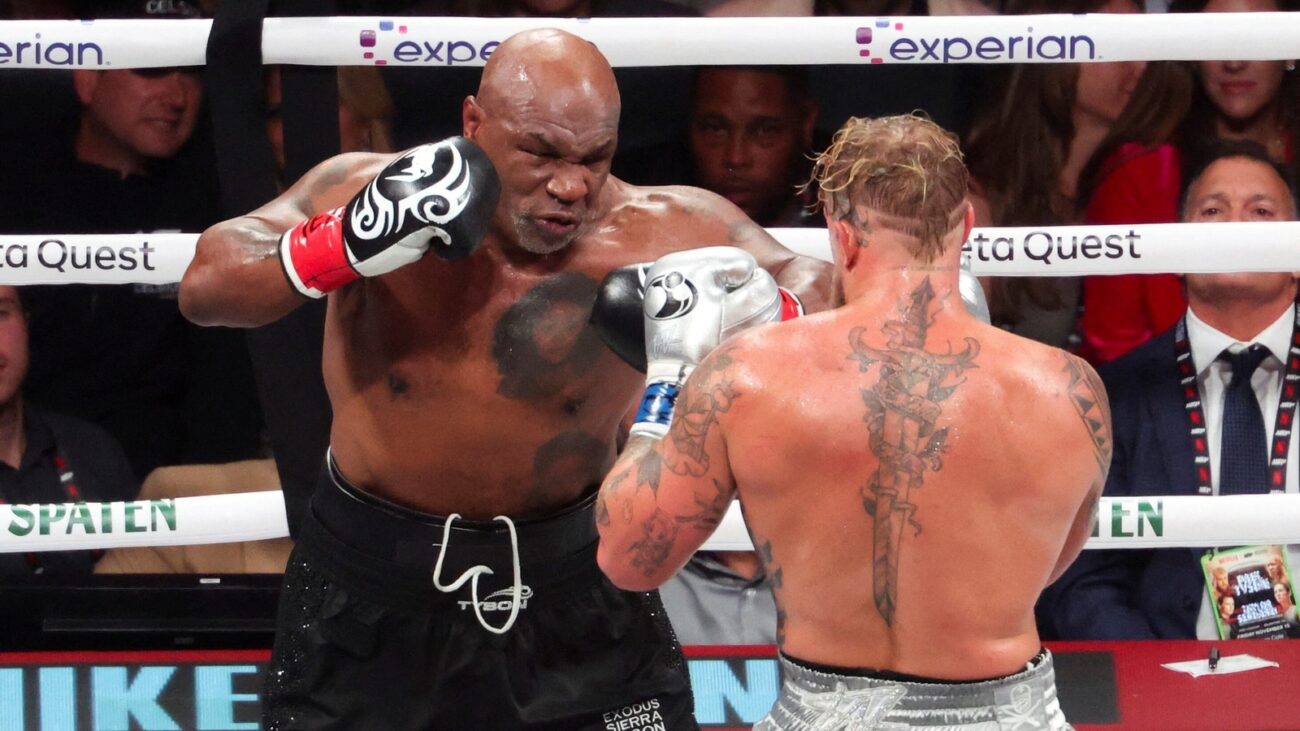The use of long-term injured reserve (LTIR) has become a contentious issue in the NHL, with teams like the Vegas Golden Knights facing scrutiny for their perceived manipulation of the salary cap.
Vegas has placed captain Mark Stone on LTIR each of the past three seasons, allowing them to exceed the cap by his salary until the playoffs begin. This has enabled them to acquire key players like Jack Eichel and Tomas Hertl.
Critics argue that this practice gives Vegas an unfair advantage, as they can essentially add players to their roster without having to shed salary. The NHL, however, maintains that it closely monitors LTIR usage and ensures that teams are not abusing the system.
General manager Kelly McCrimmon insists that the league is fully involved in all LTIR decisions and has access to players’ medical information. He argues that the system is legitimate and that injuries are thoroughly scrutinized.
However, some experts believe that the LTIR rules are open to interpretation and that teams may be exploiting loopholes. Hart Levine of PuckPedia notes that the timing of Stone’s recovery from a lacerated spleen this season raised eyebrows, as he was activated off LTIR just in time for the playoffs.
Other teams have also used LTIR to their advantage. The Chicago Blackhawks won the Stanley Cup in 2015 after adding players at the trade deadline while Patrick Kane was on LTIR. The Tampa Bay Lightning repeated as champions in 2021 with Nikita Kucherov and Steven Stamkos on LTIR.
The NHL and NHL Players’ Association have not yet discussed potential changes to the LTIR rules, but it remains a topic of debate. Some possible solutions include limiting teams to replacing only a percentage of the lost salary or simplifying the formula for calculating cap relief.






